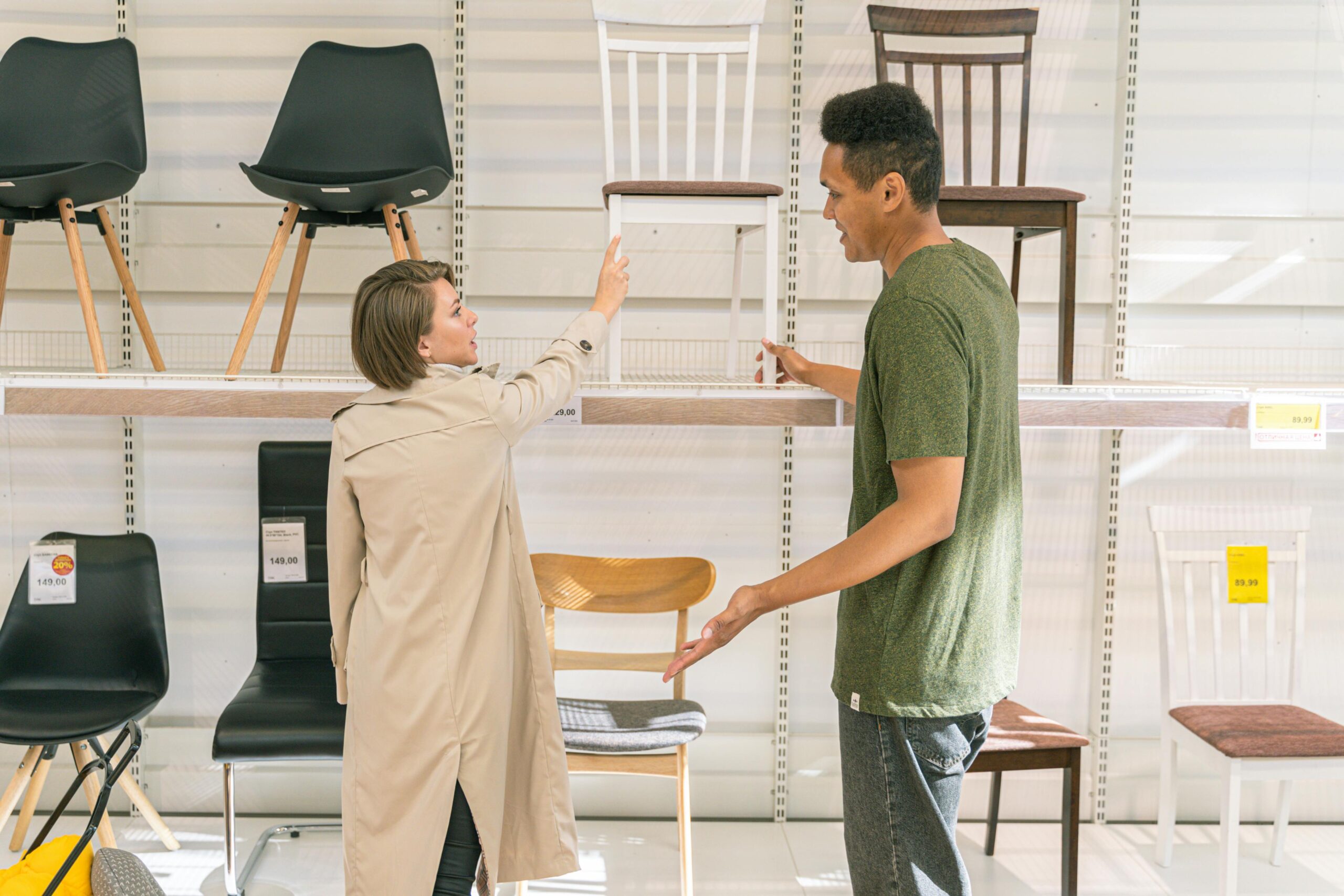Today running a successful furniture store takes more than just having beautiful sofas, eye-catching displays, and friendly sales staff. To truly thrive, you need data—and one of the most valuable tools for gathering that data is a people counter.
These devices don’t just track how many people walk through your door. They help you understand customer behavior, optimize store performance, and ultimately boost sales. Let’s break down exactly why a people counter is a must-have for furniture retailers.
Measure True Foot Traffic, Not Just Sales
A furniture store might see dozens—or even hundreds—of visitors each day, but without a people counter, you’ll never know the exact number. Relying on sales transactions alone gives you an incomplete picture.
A people counter provides hard numbers for how many customers visit, when they visit, and how that traffic trends over time. This insight is the foundation for smarter staffing, inventory decisions, and marketing efforts.
Understand Conversion Rates
Your conversion rate is the percentage of visitors who make a purchase. Without knowing your foot traffic, it’s impossible to calculate this metric accurately.
For example:
- 500 visitors in a week
- 75 purchases made
- Conversion rate: 15%
Tracking conversion rates over time helps you see whether changes in displays, pricing, or promotions are actually driving sales—or if they need adjustment.
Optimize Staff Scheduling
Furniture sales often rely on knowledgeable staff guiding customers through big-ticket purchases. A people counter can show you peak shopping hours and days, so you can schedule the right number of associates when traffic is highest.
This ensures customers get personal attention when they need it most, while avoiding overstaffing during slower periods—saving on payroll without sacrificing service quality.
Improve Marketing ROI
When you launch a marketing campaign—whether it’s a seasonal sale, social media promotion, or local mailer—a people counter lets you see if it’s working.
If foot traffic spikes after a campaign launches, you can measure exactly how much it increased and compare that to sales results. Over time, this helps you invest more in strategies that work and cut back on those that don’t.
Identify Seasonal and Weekly Trends
Furniture shopping can be seasonal—tax refund season, holidays, and back-to-school periods often bring increased traffic. With a people counter, you can spot patterns and prepare ahead of time with more inventory, better displays, and targeted promotions.
You can also see which days of the week or times of day are busiest, allowing for tailored sales strategies that match customer behavior.
For example:
- If customers linger in the mattress section but rarely approach the dining sets, you may need to adjust signage or move high-interest products to more visible areas.
- This data can also guide upsell placement, helping increase the average transaction value.
Make Data-Driven Business Decisions
Without accurate traffic data, business decisions can feel like educated guesses. A people counter turns assumptions into evidence-backed strategies.
You’ll know:
- Whether your traffic is growing or declining
- Which marketing channels bring the most customers
- How staffing changes affect sales
- Where to focus floor space for maximum impact
Traxsales Measures Customer Traffic

For a furniture store, a people counter is more than just a gadget—it’s a business intelligence tool. It gives you the power to track performance, improve customer experiences, and boost sales in a measurable way.
By understanding exactly how many people walk through your doors and how they interact with your store, you can transform foot traffic into profitable action.
If you want to get the most from your showroom, consider investing in a TraxSales people counter—built to deliver the accurate, actionable data retailers need to succeed. President of Sales Spencer Mink can be reached at 330-319-1445 or you can set up a meeting at your convenience.

